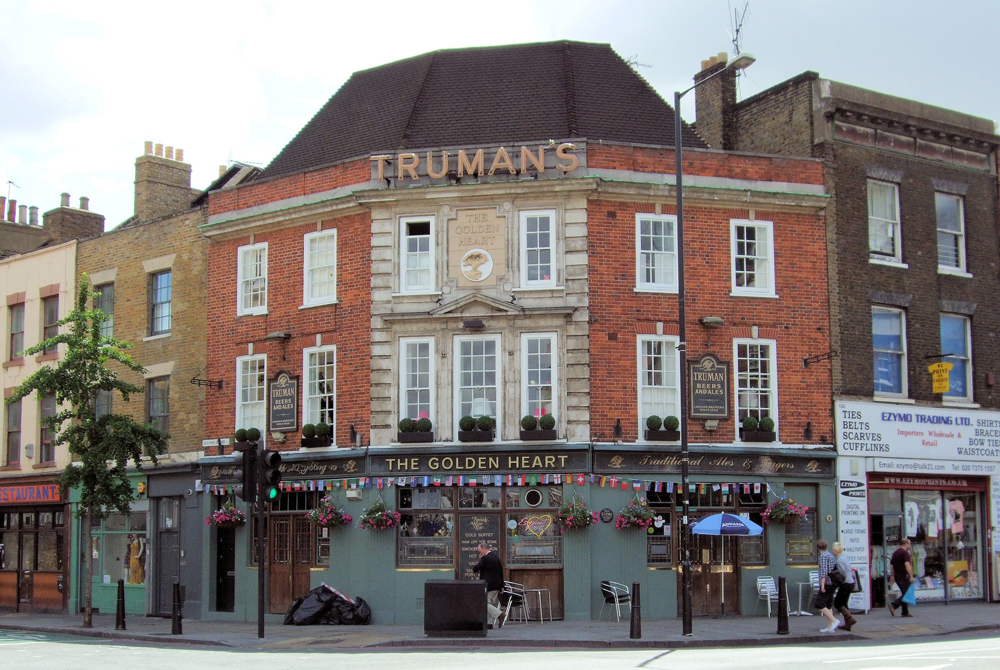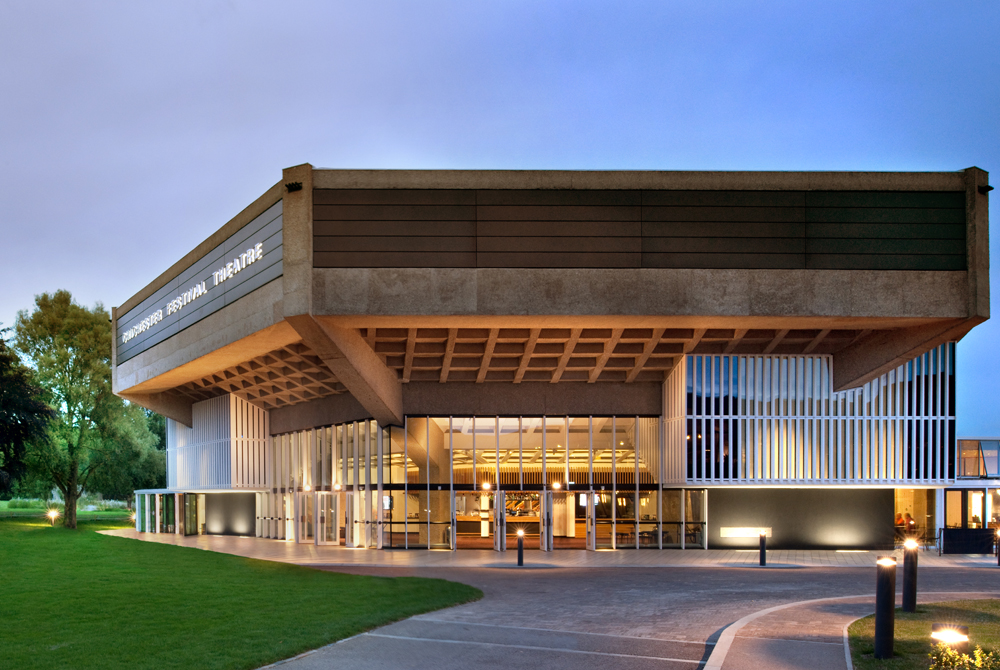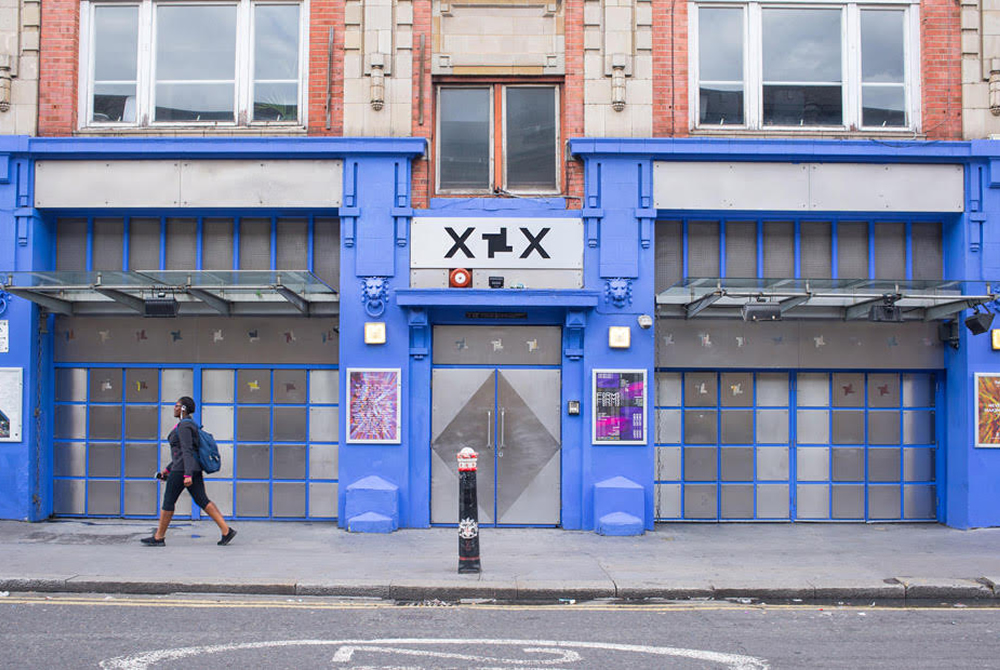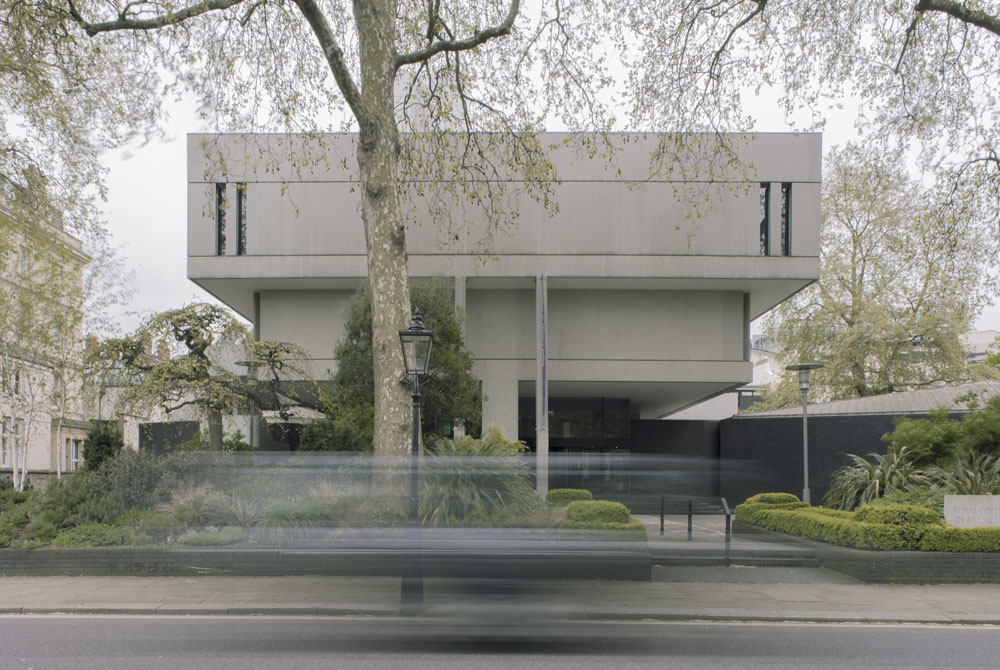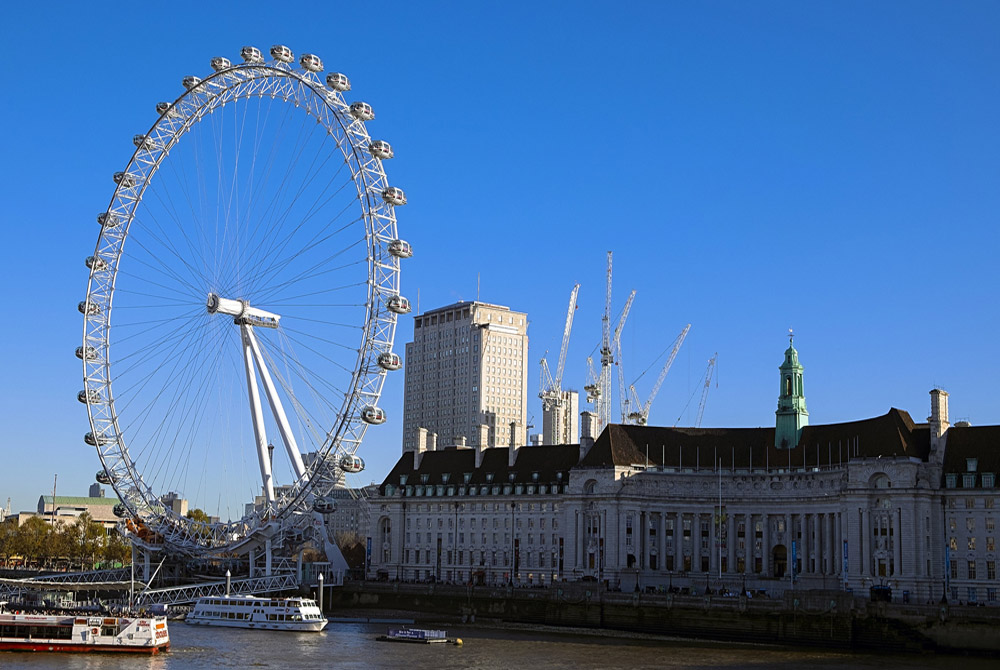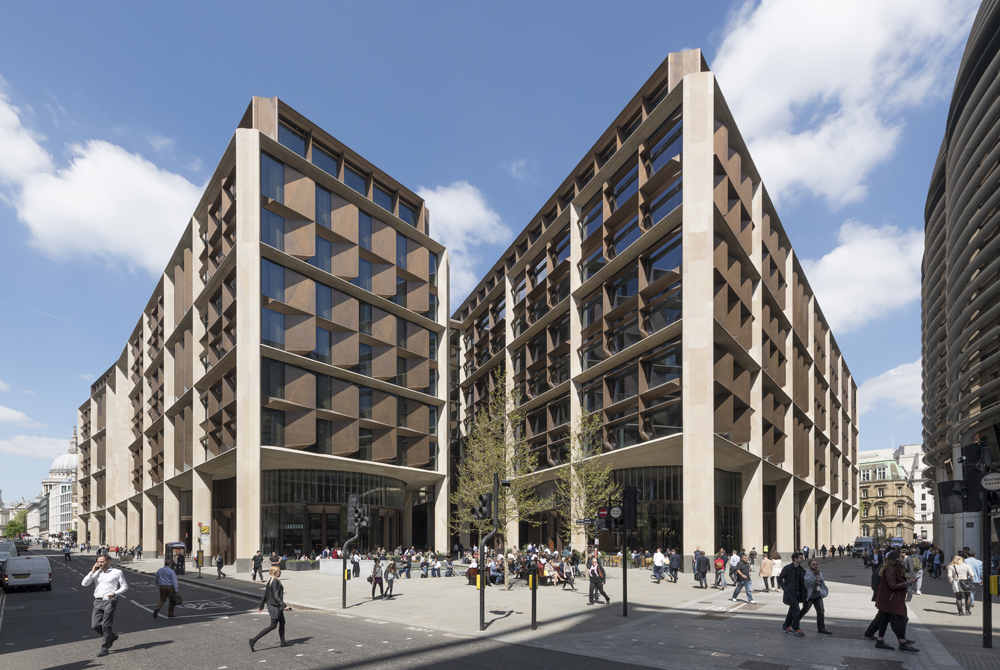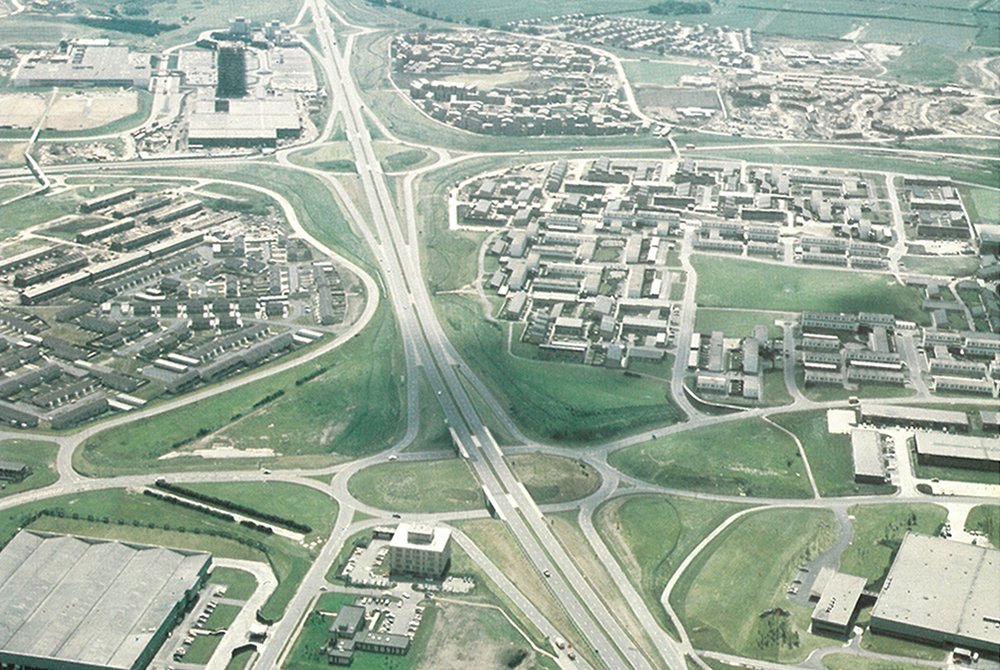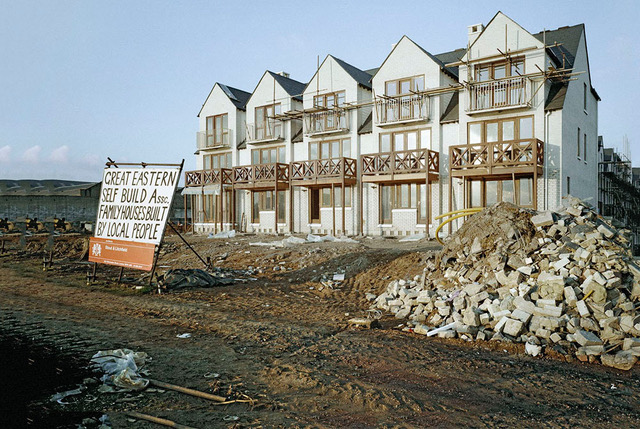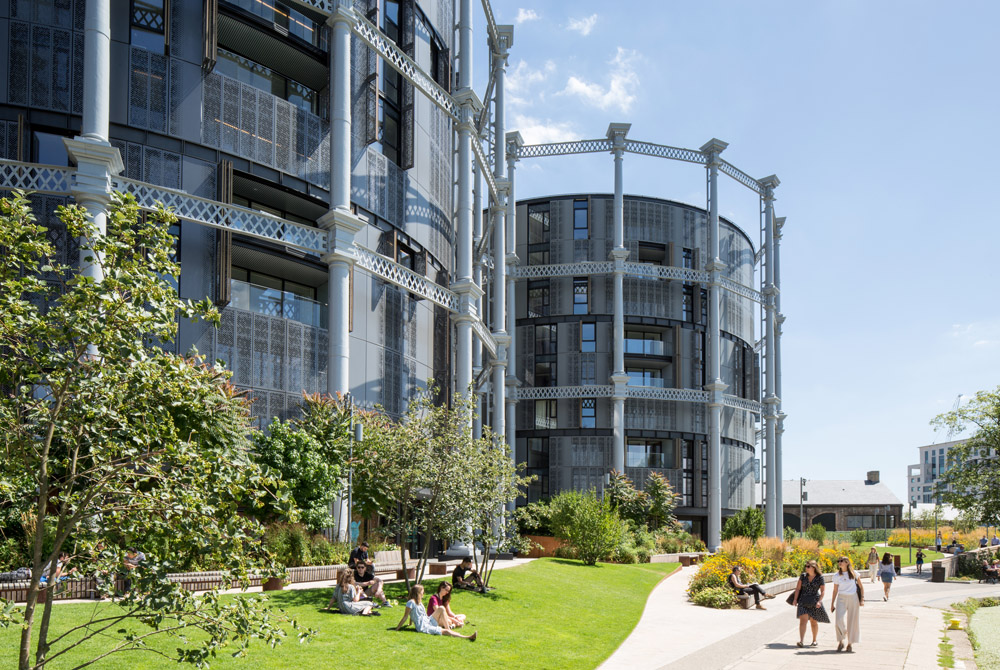They may not rank highly on a list of iconic public buildings but when one considers the range of buildings that have significant meaning to people or play a large part in their lives beyond their home, the pub ranks highly in many minds.
As the number of pubs diminish the appreciation of their social, cultural and economic value grows. More lifelong relationships still start in the pub than anywhere else. Their informal and egalitarian nature makes them the most comfortable venue for almost any occasion and their absence during the Covid lockdowns has been particularly keenly felt.
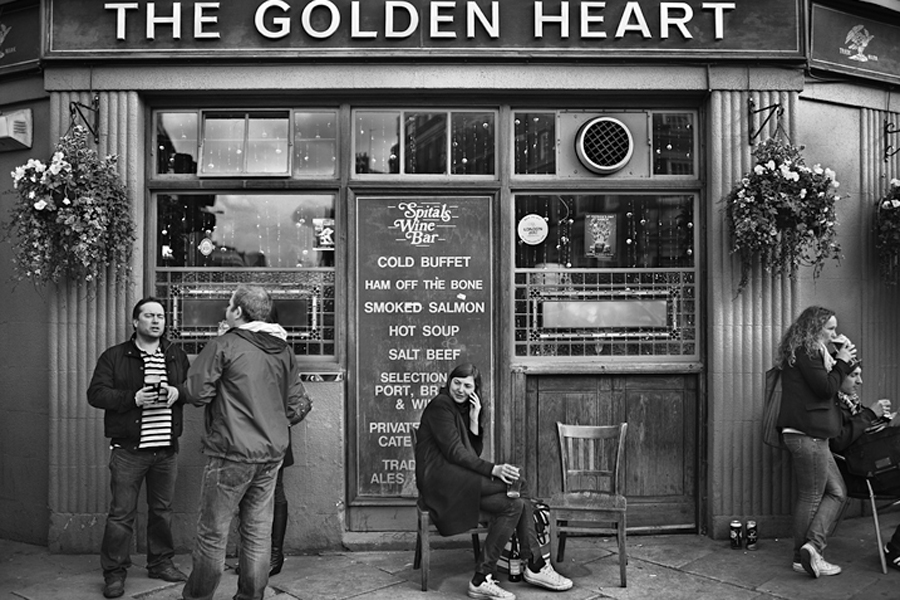 The Golden Heart pub
The Golden Heart pub
The Golden Heart in Spitalfields is one such pub. To the locals it is the heart of the community. To visitors it, along with the Ten Bells and the Commercial Tavern that also line the east side of Commercial Street, is the gateway to the East End.
In the 1990’s it became famous as the watering hole for the Britart movement, including Tracey Emin, Sarah Lucas, the Chapman Brothers and Gilbert & George. The landlady, Sandra Esquilant, who took on the management of the pub with her husband Dennis in 1978, was voted one of the hundred most influential people in the art world by the Art Review magazine in 2002, and the Observer claimed in 2006 “what the Ivy is to showbiz stars, the Golden Heart is to artists”.
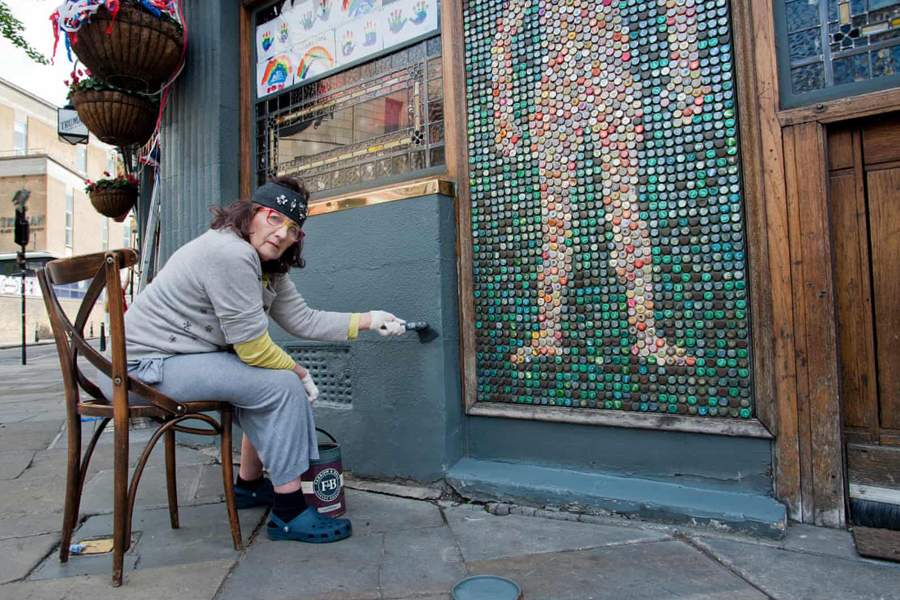 The Golden Heart pub’s landlady during lockdown. Photograph:©Jill Mead / The Guardian
The Golden Heart pub’s landlady during lockdown. Photograph:©Jill Mead / The Guardian
A pub has been here since at least 1805 when it was called The Golden Harp. It was rebuilt in 1936 as The Golden Heart by Truman, Hanbury, Buxton & Co, Ltd. as part of their famous Black Eagle Brewery. It was one of many “improved pubs” built at that time to control the drunkenness that was associated with the conventional Victorian and Edwardian pub. Licensing magistrates and breweries combined to improve facilities and the reputation of the building type with more space, better restaurant facilities and toilets, and an enhanced décor to appeal to families and a mix of incomes and classes. The policy was to build fewer but better pubs, and design was deemed to be important in achieving this.
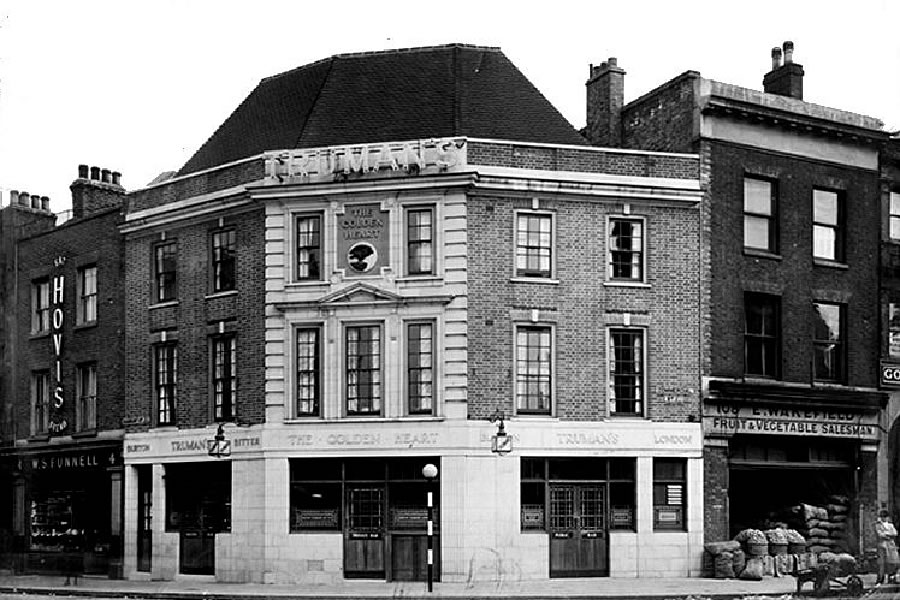
The Golden Heart, now Grade II listed, was designed by the chief architect of the Truman Brewery, A.E.Sewell, one of the leading pub architects of the inter-war period who was much published in the architectural journals of the time.
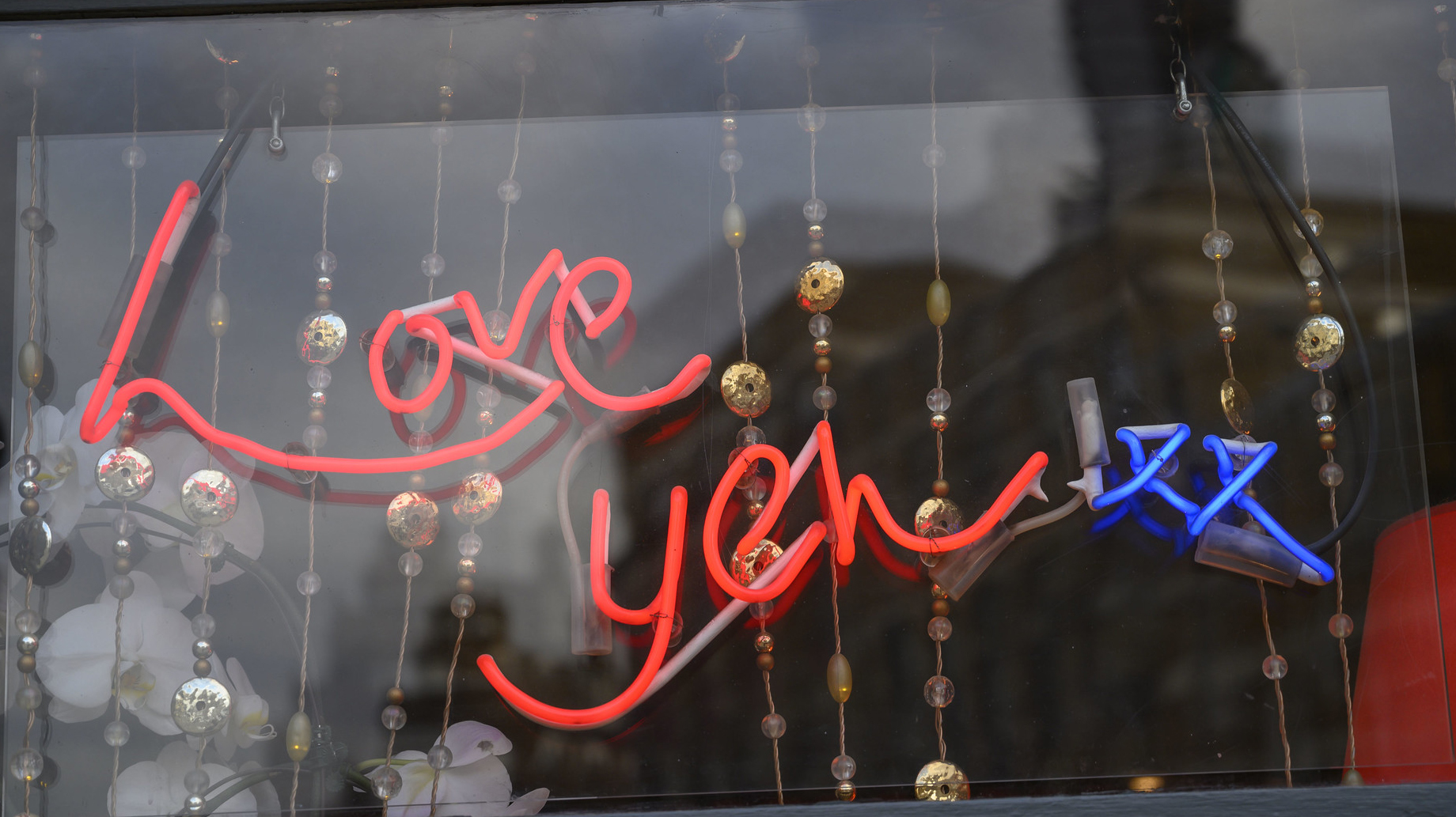 Neon sign at the Golden Heart ©Michael G Spafford
Neon sign at the Golden Heart ©Michael G Spafford
The Golden Heart is described by Historic England as “dignified neo- Georgian” with a central bay of Portland stone carrying the pub name and the carved logo of the Black Eagle Brewery. This is flanked each side by brick bays to create a symmetrical three-sided frontage that defines this important corner at the entrance to the East End and the enormous Truman Brewery estate. The pub wears its old Truman’s colours on its sleeve as the stone parapet is still adorned with its original tubular neon lettering proclaiming the brewery’s name “TRUMANS”. Slightly incongruous on a Georgian façade and certainly not something one would obtain planning consent for today!
